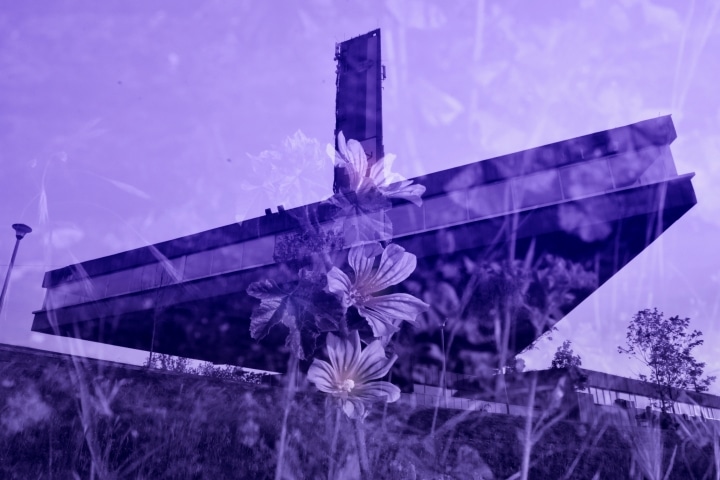
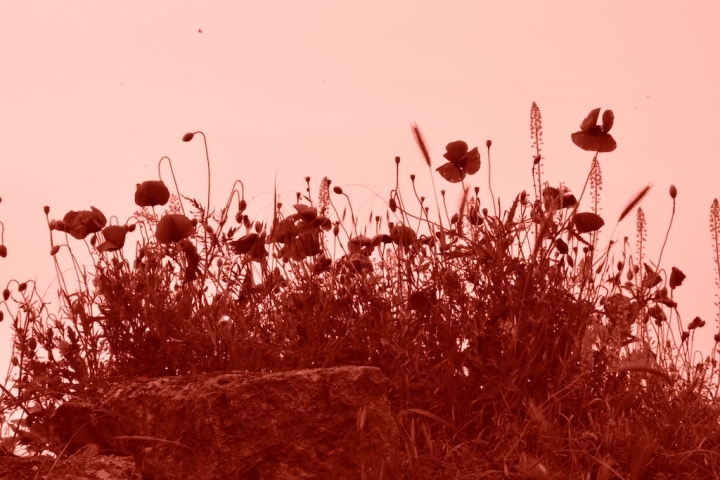
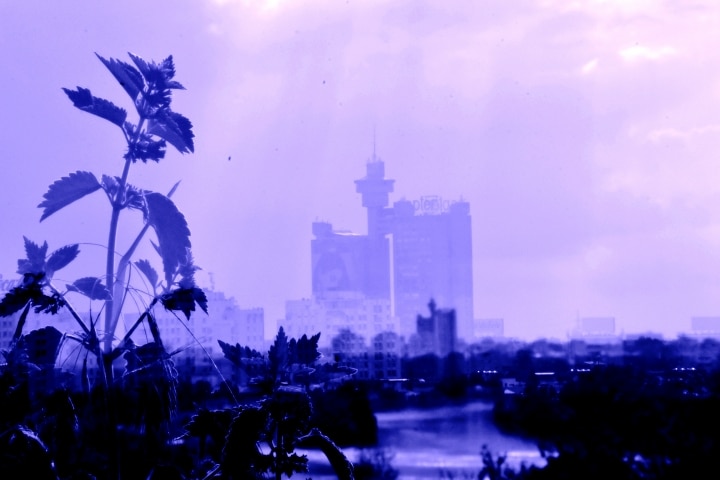
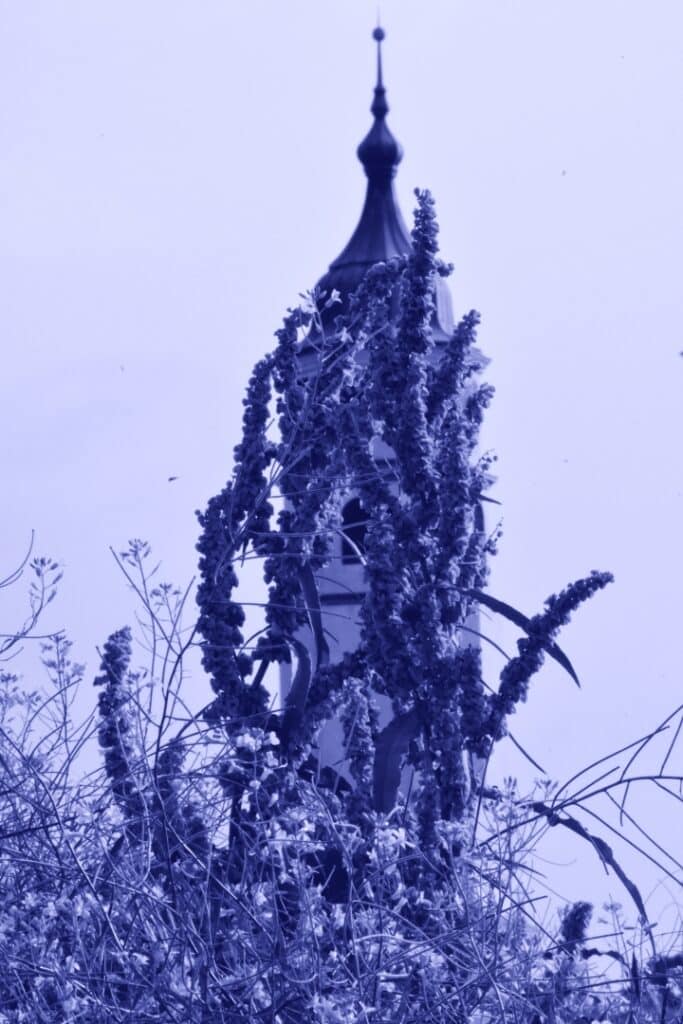
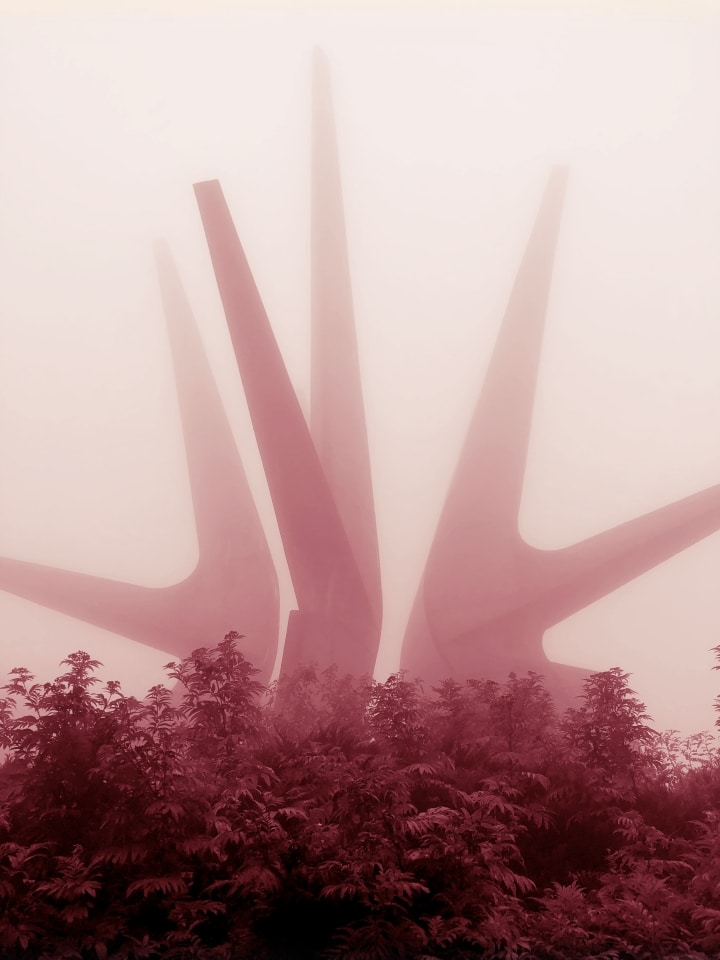
Honorable mention award at the “PX3 Prix de la Photographie, Paris”
One of the most iconographic buildings in the former Yugoslavia is the mausoleum The House of Flowers (Kuća Cveća) in Belgrade – the resting place of Josip Broz Tito, the country’s leader throughout most of its second half of the 20th century political history. As a socialist country, Yugoslavia had a strong national identity with the working class, with the rural and peasant origins – with the rugged character of its political history and the lives of the people in it. It is striking then that The House of Flowers has honored its symbolic figure by surrounding him with exotic plants, a sort of weird Tropicana, when there are so many folkloristic layers of meaning inscribed in some local plant life. But those local plants are also ‘weeds’. As such they are self-sufficient, resilient, and stubborn. Many of them have medicinal properties. Yet their aesthetics – as well as their symbolics – are not deemed high-brow, worthy, ‘pretty’, precious etc. Yugoslavia did not differ in this ‘othering’ of weeds from many other countries.
The project puts the flora of the Balkans at the center of attention. Some plants are photographed together with the utopian brutalist architecture of the period where they grow. Some of the double exposures of the buildings and the plants are made at the same location and directly in the camera to underline their ‘co-habitation’. Whereas the ideological sentiments that have helped build those utopian buildings have waned – the ‘weeds’ persisted. Many images of the project are monochromes, shifting from red to blue tones, thus abstracting the ubiquitous plant life from the sense of commonness. The superimpositions and the play with colors allude to the utopian notions behind much of the architecture and at the same time try to reinvoke the dreamy quality that is nowadays lost owing to the run-down character of the buildings and monuments.
The region of the former Yugoslavia has traditionally been torn in its (dis)orientation between the West and the East. Culturally, a sense of ‘self-othering’ is passed down through generations. In the current global context of discourses on sustainability through local orientation, the project is thus, also driven by the curiosity of what the local can mean besides – or despite – the overwhelming mainstream historical narratives of the leaders, religions, and nation states.